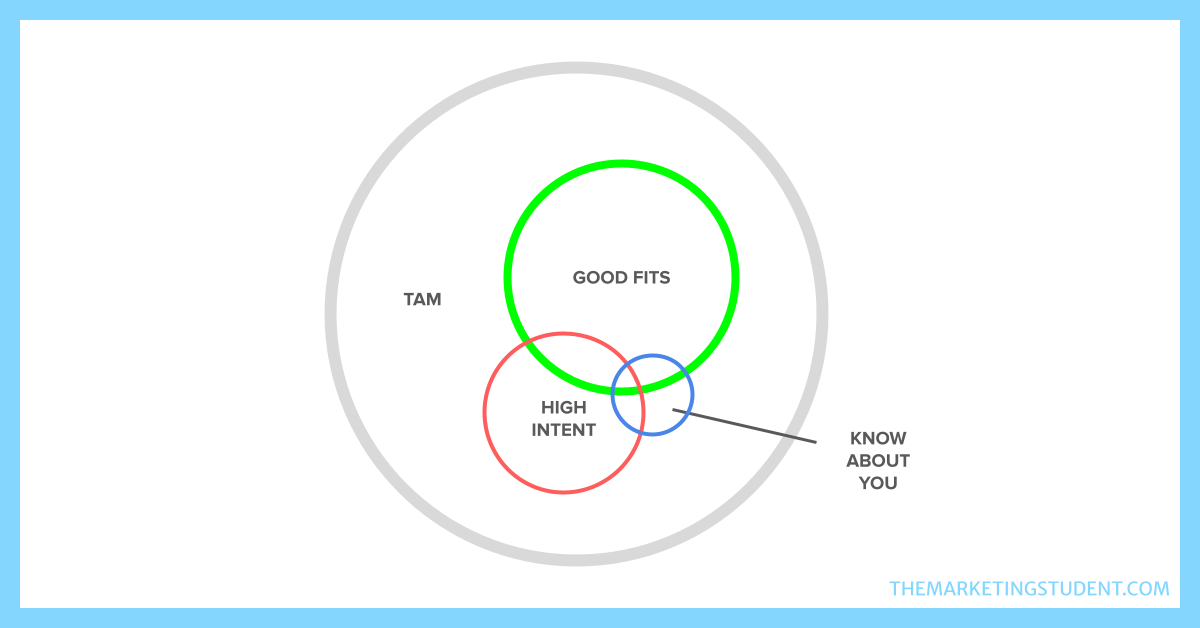The Buying Window

Every now and then, I like to read books about sales, written for salespeople. One of the concepts that appears over and over is the importance of identifying whether someone is in the buying window – or just kicking the tires.
Sales is all about reducing wasted effort. If you spend too long talking to someone with low buying intent, you're wasting your time. A big part of the sales game is disqualifying when someone is not in the buying window.
Interestingly, The Buying Window is a concept I rarely see talked about in marketing.
Marketers primarily think in terms of segments and audiences, with "likelihood to purchase in the near term" as a secondary or even tertiary dimension.
This difference in thinking is one of the reasons why Sales and Marketing often argue and why MQLs are such a point of contention in the B2B world.
It's also the reason why just throwing budget at BOFU campaigns only sometimes works to address missed targets.
Assume only 5% of your audience is in the buying window
I have a pet theory that I call The 100-5-1 rule:
For every 100 people in your target market who have heard of you...
5% are in the "buying window"
They're problem-aware and are looking for solutions. They're in-market. They're BOFU. They may have a shortlist. However, while they're actively shopping, but they're not necessarily going to purchase. This buying window might close until a later time.
1% is ready to buy ASAP
The consequences of the problem are acute, they have budget allocated, the decision has been made to purchase.
I've worked in a variety of industries and different business models and this rough order of magnitude always seems to hold up.
Here's a way to visualize this.
From my post discussing the "job" of marketing team, I introduced this diagram:

- The Blue Circle is the 100%.
- The overlap between Blue and Green is the 5% – the people in your buying window.
- The overlap between Blue, Green and Red is the 1% – people who are ready to buy ASAP.
Understanding the Buying Window dynamic allows you to:
1 - Set expectations with your team.
The 100-5-1 rule means there's an upper limit to last minute campaigns, performance marketing, outbound call blitzes, etc. The returns from these BOFU efforts are capped, the ceiling being the 5% of your audience in the buying window.
If your team is driving you for more results, there's only so much juice you can squeeze. This means that many times, the best course of action is to ...
2 - Set up a strategy to always be increasing the number of people who have heard of you
This is where most marketers fall on their face. Marketers who came of age during the era of Adwords and FB ads have been trained that marketing is really just capturing existing demand at the bottom of the funnel. Leadership and non-marketing executives have also been trained this way, leading to a vicious cycle of chasing the same unchanging group of the 5% of people in the buying window.
This means there's a huge advantage to companies and marketing teams who realize that the real game is to increase the number of people who know about you and your brand, so that the absolute number of people in your buying window increases.
After all, brands grow by focusing on new customer acquisition.